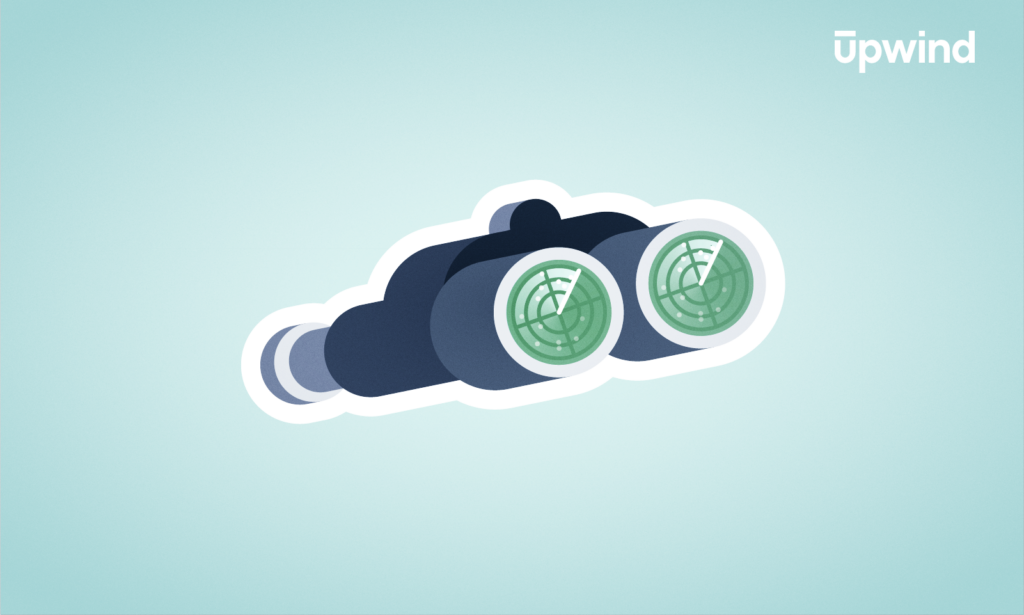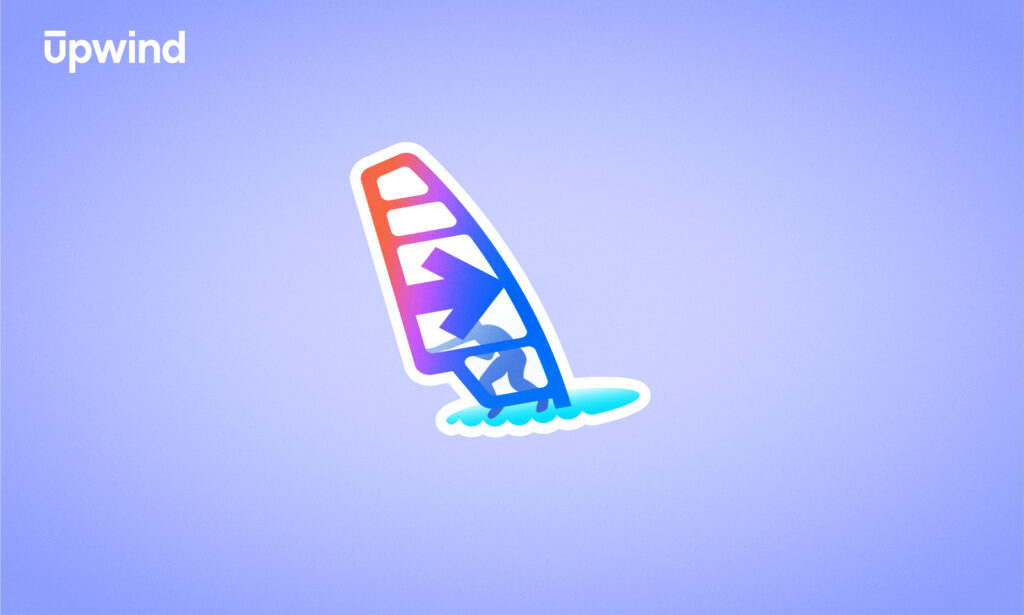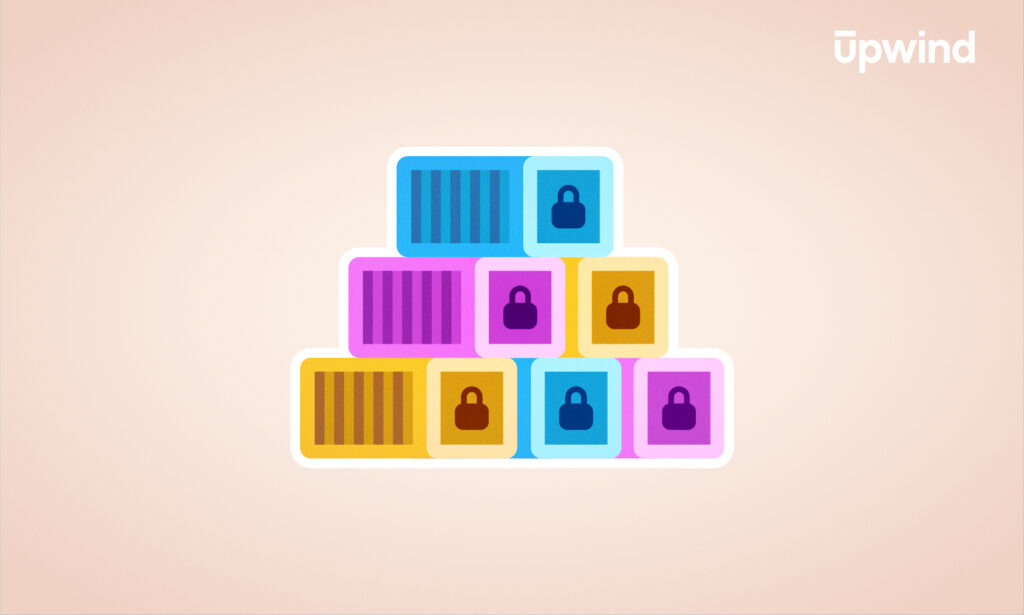
Ninety-six percent of 3rd-party container applications contain vulnerabilities. While that rate may seem high, containerization comes with its own benefits that can give DevOps teams a competitive edge. Containers are here to stay. In this article, we’re diving into container scanning features and related tools so you can get the most out of this flexible technology.
What is Container Vulnerability Scanning?
Container vulnerabilities are well-known. But vulnerability management tools are murkier. What should you look for? Let’s start by recapping the basics.
Container vulnerability scanning is the process of monitoring container images to detect misconfigurations and vulnerabilities, allowing developers to address security risks before they become breaches. It typically includes 6 core components:
- Detecting code vulnerabilities, including software containers, libraries, and operating systems, for issues before deployment
- Integration in real-time with the continuous integration/continuous delivery (CI/CD) pipeline with up-to-date code changes from multiple contributors to the codebase, integrating security checks like container image scanning at the development stage.
- Runtime security to identify issues like open ports or default credential use
- Base image and dependency analysis scanning for outdated or insecure versions
- Container registry scanning to detect issues of container images stored in registries
- Management of metadata to track issues with file size, date, and versions
Container security scanning is crucial for organizations that leverage containerized infrastructure to reduce the risk of breaches and ensure the integrity of applications.
Benefits of Container Image Scanning
The need for agile applications with high portability has spurred market growth for security scanning.
According to Forrester, 74% of US organizations use containers as part of cloud platform infrastructure, with adoption accelerated by the COVID-19 pandemic and still rising. The market for containerization now has a compound annual growth rate (CAGR) of 28.89%.
However, containers themselves come with key benefits for developers:
- Consistency across environments
- Improved security through isolation
- Immutability as version-controlled units
- Ability to integrate security checks earlier for a shift-left approach
- Efficient vulnerability management via registries
- Automated deployment and rollback, limiting downtime
- Fast response to risks with quick updates and patches
Runtime and Container Scanning with Upwind
Upwind offers runtime-powered container scanning features so you get real-time threat detection, contextualized analysis, remediation, and root cause analysis that’s 10X faster than traditional methods.
Container security scanning tools have their own benefits. Let’s get a high-level overview of the most important:
Early detection of vulnerabilities
Identifying vulnerabilities early in the CI/CD pipeline prevents costly fixes after deployment and minimizes risk exposure.
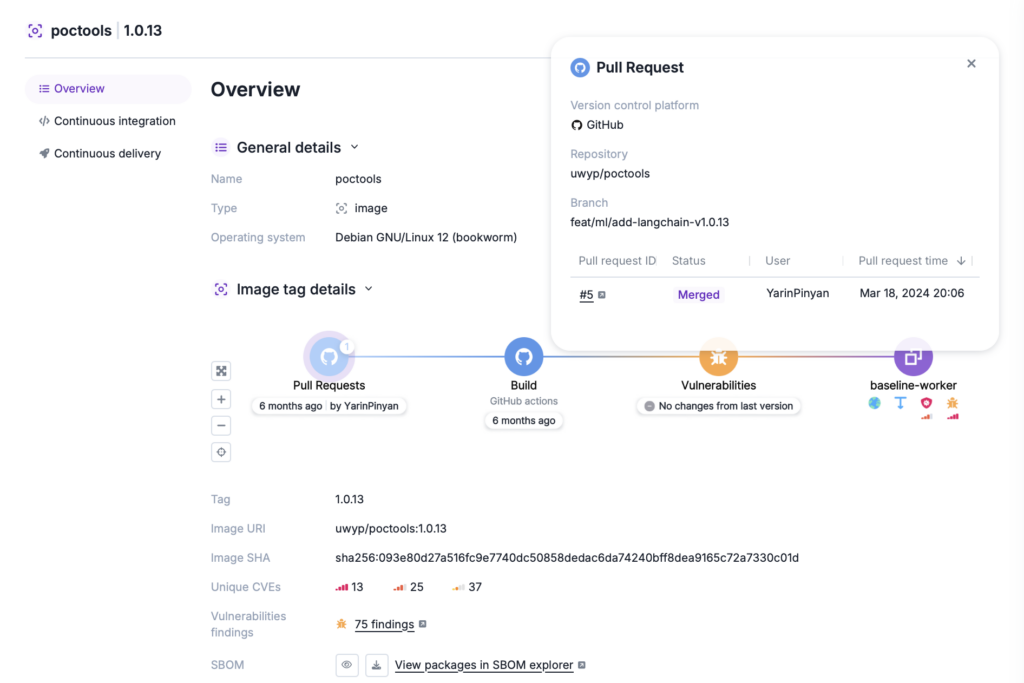
By catching issues during deployment, tech teams reduce the need for time-consuming patching, rollbacks, and service disruptions.
Compliance maintenance
Helps companies meet regulatory requirements and avoid penalties by ensuring containers are maintained or patched to industry standards.
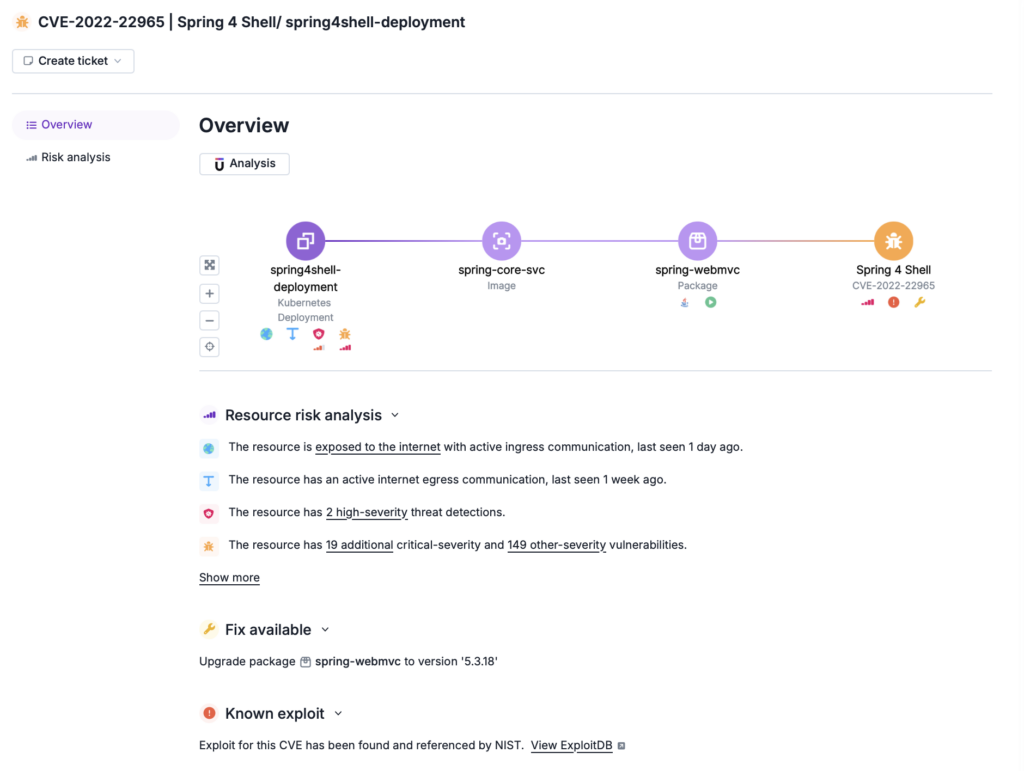
By automating compliance checks and ensuring containers adhere to security benchmarks, tech teams avoid non-compliance penalties and reduce the risk vulnerabilities will slip through.
Improved security posture
Runtime monitoring and policy enforcement strengthen security by detecting anomalies and enforcing compliance, reducing the risk of breaches in container environments.
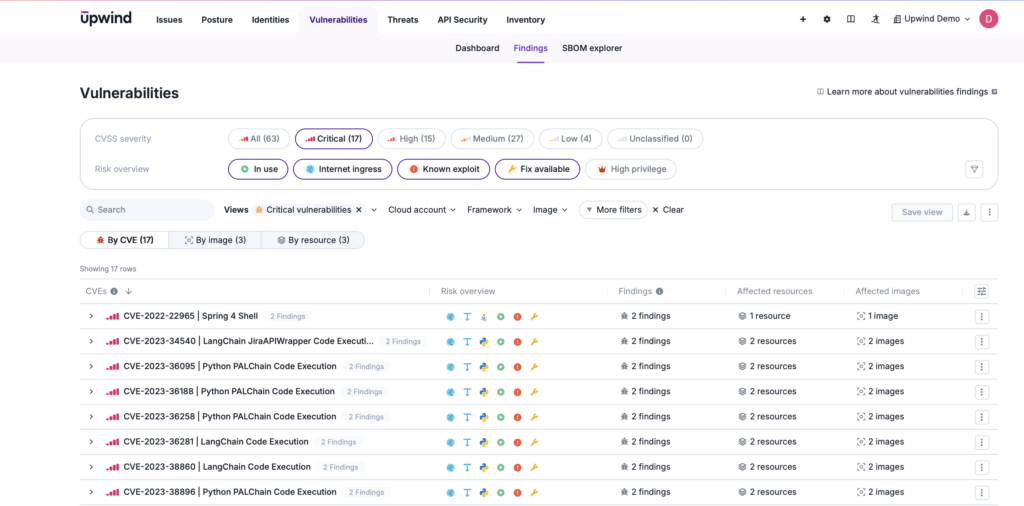
By continuously monitoring containerized applications, tech teams can detect suspicious behavior or deviations from expected patterns immediately.
Faster response to risks
Container security scanning also provides timely alerts and prioritized remediation, reducing the time needed to address vulnerabilities, so they reduce incident response times.

Real-time notifications and automated prioritization mean more efficient allocation of resources, faster response, and a smaller exposure window.
Reduced attack surface
Features like dependency analysis and image assurance limit the presence of outdated or vulnerable components, shrinking the attack surface.
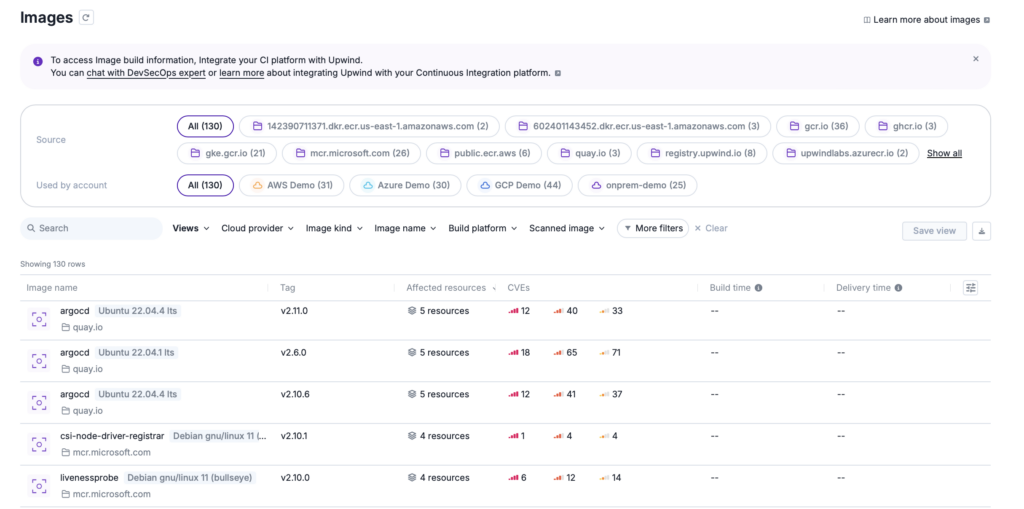
By automatically scanning software dependencies and container images, teams identify and eliminate insecure components before deployment. It ensures only up-to-date libraries, frameworks, and images get used.
Operational efficiency
CI/CD integration and automated fixes streamline the development process, reducing manual intervention and speeding up deployments.
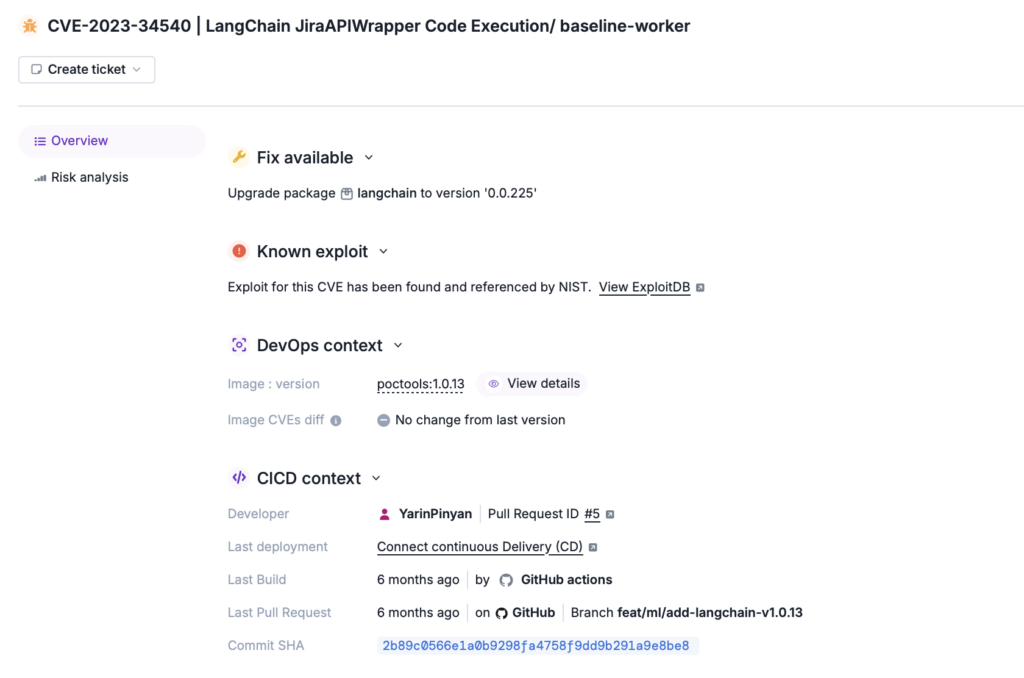
Reducing manual intervention, automated detection and remediation can reduce downtime and accelerate code deployment.
What Features Should Container Scanning Tools Include?
Container security scanning tools provide vulnerability detection that undergirds a company’s ability to reduce attack surfaces, ensure compliance, and streamline security throughout the development lifecycle. Here are common features that support these goals:
- Vulnerability Detection
- Scans container images against known vulnerability databases like Common Vulnerabilities and Exposures (CVE) and the National Vulnerability Database (NVD) to detect security flaws.
- Dependency Analysis
- Inspects the dependencies used in container images, identifying outdated or vulnerable libraries.
- Configuration Analysis
- Evaluates container configurations, checking for insecure setups such as exposed ports or high-privilege containers.
- CI/CD Integration
- Embeds scanning into continuous integration and deployment pipelines to automate vulnerability detection during the development process.
- Runtime Security Monitoring
- Monitors live containers for abnormal behaviors such as unauthorized file access or suspicious network activity at runtime, as part of a shift-right strategy.
- Image Assurance
- Verifies the origin and integrity of container images to prevent the use of tampered or untrusted images.
- Automated Remediation
- Provides recommended actions and sometimes automates the fixing of vulnerabilities or configuration errors.
- Policy Enforcement
- Allows administrators to set and enforce security policies for containers, ensuring compliance before promotion to production.
- Detailed Reporting
- Produces comprehensive reports and sends alerts on security vulnerabilities and policy violations.
Container Security Scanning vs. Related Security Tools
Container security scanning is often confused with other similar tools, such as image vulnerability scanning or infrastructure as code (IaC) scanning. All focus on security but operate at different layers of the infrastructure.
- Image Vulnerability Scanning: Often conflated with container security scanning, this type of scanning specifically checks container images for known vulnerabilities but may not provide broader runtime protection or compliance checks on its own.
- Infrastructure as Code (IaC) Scanning: This scan looks at configuration files (e.g., Kubernetes manifests, Dockerfiles, Terraform scripts) for security flaws and misconfigurations. It ensures the infrastructure setup, not just the containers, is secure, but it doesn’t monitor or manage runtime risks.
A related tool companies may consider is cloud security posture management (CSPM), which focuses on securing cloud environments, including container workloads, but also looks at cloud configurations, storage, and networking.
Upwind Shifts Right to Protect Runtime Security
Container security scanning is part of the next-generation security solutions that are helping share the future of a secure cloud, no matter how complex your architecture.
To see how Upwind’s container image scanning protects from security issues that arise when running in cloud environments, schedule a demo today.



